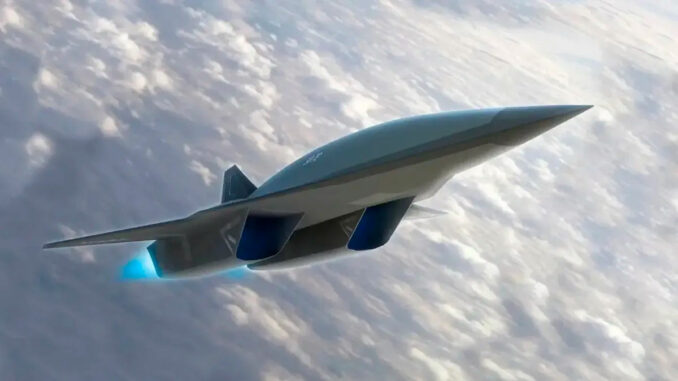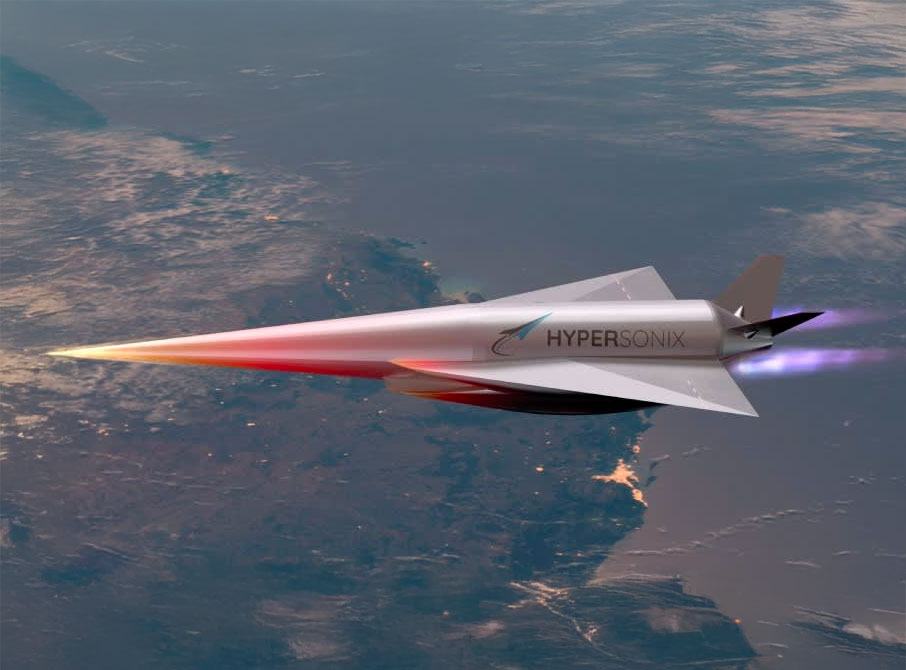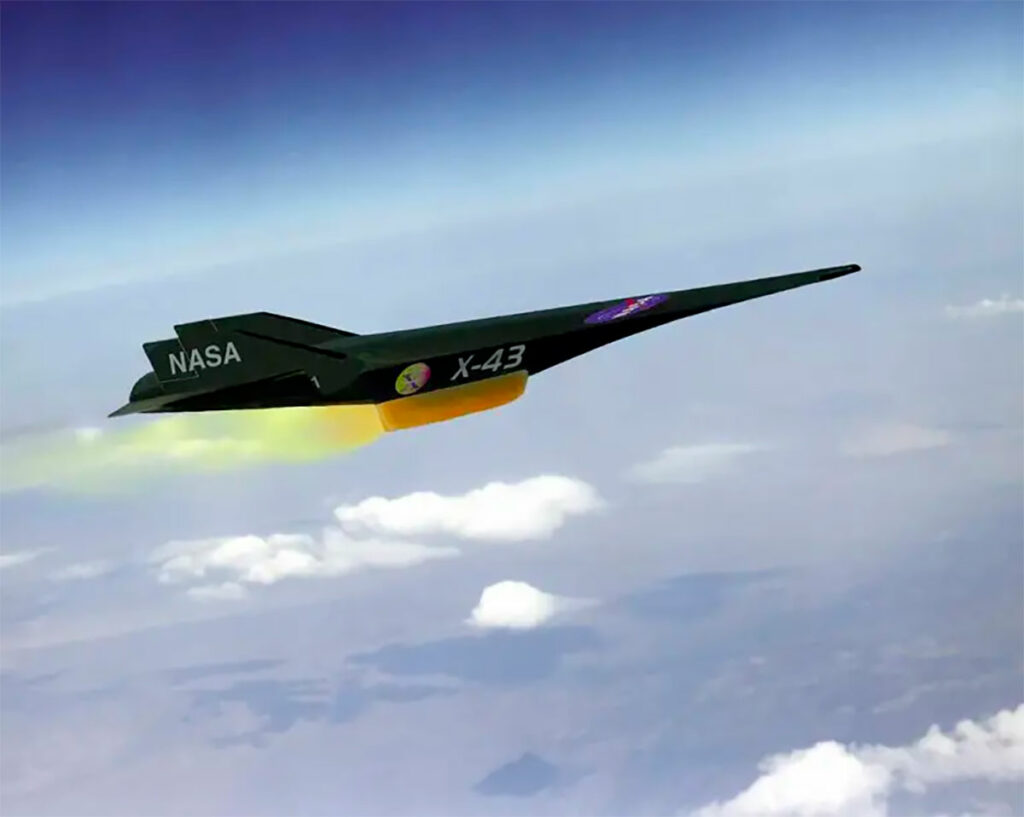
China leads in hypersonic vehicles, surpassing Russia, USA, and Europe. Explore the global race, operational deployments, and strategic implications in 2025.
- Research suggests China is the most advanced in hypersonic vehicles, with operational systems deployed.
- It seems likely Russia is also advanced, with operational hypersonic weapons, but possibly behind China.
- The evidence leans toward the USA being close to deploying hypersonic systems by 2025, but still behind China and Russia.
- Europe appears to be developing hypersonic technologies, particularly for defense, but has not deployed operational systems yet.
Hypersonic vehicles, capable of traveling faster than Mach 5, are a critical area of military development due to their potential to evade current defense systems. Here’s a comparison of China’s advancements with the USA, Europe, and Russia as of May 2025, based on recent reports and analyses.
China’s Position
China is considered the global leader in hypersonic weapons, with a robust arsenal of operational systems. Reports from 2024 and 2025 highlight China’s extensive testing and deployment, including nuclear-capable missiles that can circle the globe, surprising U.S. intelligence.
Comparison with Russia
Russia has also deployed operational hypersonic weapons, such as the Avangard and Kinzhal, and has used them in combat, like in Ukraine. While advanced, Russia may lag behind China in the scale and infrastructure supporting these systems.
Comparison with the USA
The USA is actively developing hypersonic glide vehicles and cruise missiles, with plans to deploy systems like the Long-Range Hypersonic Weapon by the end of 2025. However, it faces delays and is still catching up to China and Russia, focusing on conventionally armed systems that require higher accuracy.
Comparison with Europe
Europe is in the development phase, focusing on both offensive and defensive hypersonic technologies, such as the European Hypersonic Defence Interceptor (HYDEF) project. As of 2025, there are no operational deployments, and Europe lags behind the others in readiness.

A Detailed Analysis of Hypersonic Vehicle Advancements
Hypersonic vehicles, defined as aircraft or missiles traveling at speeds greater than Mach 5 (five times the speed of sound), represent a significant frontier in military technology. Their ability to maneuver at high speeds makes them difficult to detect and intercept, reshaping global security dynamics. This analysis, based on recent reports and data as of May 9, 2025, compares the advancements of the Chinese military in hypersonic vehicles with those of the USA, Europe, and Russia, providing a comprehensive overview of their current status and future trajectories.
China’s Hypersonic Capabilities
China has emerged as the global leader in hypersonic weapons development, with a substantial lead over other nations. According to a December 2024 report cited by Popular Mechanics, China possesses “the world’s leading hypersonic missile arsenal,” reflecting its aggressive investment and testing over the past two decades. A notable milestone was the August 2021 test of a nuclear-capable hypersonic missile that orbited Earth before approaching its target, as detailed in a 2022 analysis by AUSA. This test demonstrated advanced space capabilities, catching U.S. intelligence by surprise and highlighting China’s ability to evade fixed U.S. defenses designed for intercontinental ballistic missiles (ICBMs).
China’s focus on both conventional and nuclear-armed hypersonic technologies, supported by extensive infrastructure, has resulted in likely operational deployments of hypersonic glide vehicles (HGVs). U.S. defense officials, as noted in a March 2023 VOA report (VOA News), have acknowledged China’s lead, emphasizing its dramatic advancements through intense development and testing.
Russia’s Hypersonic Developments
Russia is also highly advanced in hypersonic technology, with operational systems deployed and combat experience. Reports indicate Russia has fielded the Avangard HGV, the Kinzhal air-launched ballistic missile, and the Zircon hypersonic cruise missile, with the Kinzhal notably used in Ukraine, as mentioned in a December 2024 Newsweek article (Newsweek). A February 2025 Asia Times analysis (Asia Times) suggests Russia is ahead of the U.S. in deployment but may lag behind China in the scale of its arsenal and supporting infrastructure. The Bulletin of the Atomic Scientists, in a March 2024 report (Bulletin of the Atomic Scientists), confirms Russia’s operational status, noting its use of hypersonic weapons in real-world scenarios.
USA’s Hypersonic Efforts
The USA has been pursuing hypersonic weapons since the early 2000s, focusing on hypersonic glide vehicles and cruise missiles as part of its conventional prompt global strike program. However, as of early 2025, the U.S. is still in the process of deploying its first operational systems. A February 2025 Defense News article (Defense News) confirms the U.S. Army’s plan to field its Long-Range Hypersonic Weapon (LRHW) by the end of fiscal year 2025, following delays due to testing challenges. The Congressional Research Service’s April 2025 report (USNI News) notes a significant budget increase, with $6.9 billion requested for FY2025 hypersonic research, up from $4.7 billion in FY2023, reflecting urgency. However, most U.S. systems are designed for conventional use, requiring greater accuracy and facing more technical challenges compared to nuclear-armed systems like those of China and Russia.
A January 2025 Congressional Budget Office report (CBO) details plans for the Navy to field prototype missiles on Zumwalt-class destroyers in 2025 and on Virginia-class submarines by 2028, indicating a phased approach. Despite these efforts, multiple sources, including a November 2021 POLITICO article (POLITICO), suggest the U.S. is “not as advanced” as China and Russia, with deployment timelines lagging.
Europe’s Hypersonic Initiatives
Europe’s approach to hypersonic technology is primarily developmental, with a focus on both offensive and defensive capabilities. The European Union has identified hypersonic weapons as a “critical and foundational technology” for defense, as noted in a April 2025 Euronews article (Euronews). The UK, in collaboration with the U.S., has completed tests on a propulsion system for a hypersonic cruise missile expected before the decade’s end, but this is still in progress.
The EU’s HYDEF (European Hypersonic Defence Interceptor) project, supported by EUR 100 million from the European Defence Fund, aims to develop an interceptor for hypersonic threats, as detailed in a October 2023 European Commission report (European Commission). A September 2024 Army Recognition article (Army Recognition) notes the project’s progress, completing its Mission Definition Review in August 2024, marking a significant milestone. Additionally, a May 2024 Defense Post article (The Defense Post) highlights MBDA’s agreement for the concept phase of a counter-hypersonic missile system, indicating ongoing efforts.
Countries like France (with the V-max program) and Germany (involved in the ATLLAS II project) are contributing, but as of 2025, there are no reports of operational hypersonic weapon deployments in Europe. A July 2020 Finabel analysis (Finabel) discusses Europe’s potential, but its dated nature underscores the ongoing developmental stage.
Comparative Table: Hypersonic Weapon Status as of May 2025
| Country/Region | Operational Systems | Development Focus | Notable Achievements | Challenges |
|---|---|---|---|---|
| China | Yes, likely deployed | Conventional & Nuclear | World’s leading arsenal, 2021 orbital test | None significant |
| Russia | Yes, deployed (e.g., Avangard, Kinzhal) | Nuclear & Conventional | Combat use in Ukraine | Scale vs. China |
| USA | No, deployment by 2025 | Conventional, high accuracy | LRHW fielding planned, $6.9B FY2025 budget | Delays, technical challenges |
| Europe | No, developmental stage | Defensive & Offensive | HYDEF project, UK propulsion tests | No operational systems |

Strategic Implications and Future Outlook
The hypersonic arms race has significant implications for strategic stability, with China’s lead prompting increased U.S. and European investments. The lack of operational systems in Europe suggests a gap that could affect NATO’s resilience, while Russia’s combat use highlights the technology’s real-world impact. The U.S.’s focus on conventionally armed systems may limit its strategic flexibility compared to China and Russia’s nuclear-capable options. Future developments will likely see increased competition, with potential arms control discussions, as suggested in a January 2020 Science article (Science).
This analysis is based on a synthesis of multiple sources, reflecting the complexity and rapid evolution of hypersonic technology. Given the sensitive nature of military advancements, the rankings are subject to change with new tests and deployments, but as of May 2025, China leads, followed by Russia, the USA, and Europe in developmental stages.
War Wings Daily is an independant magazine.